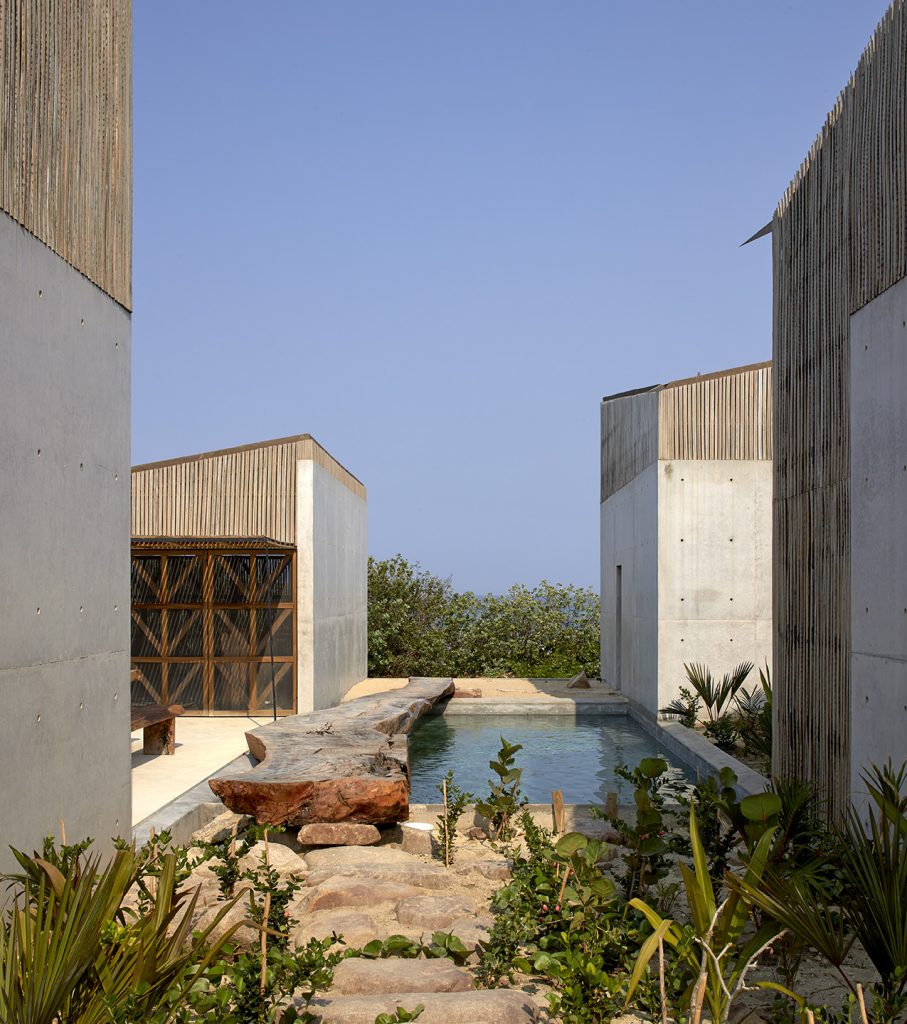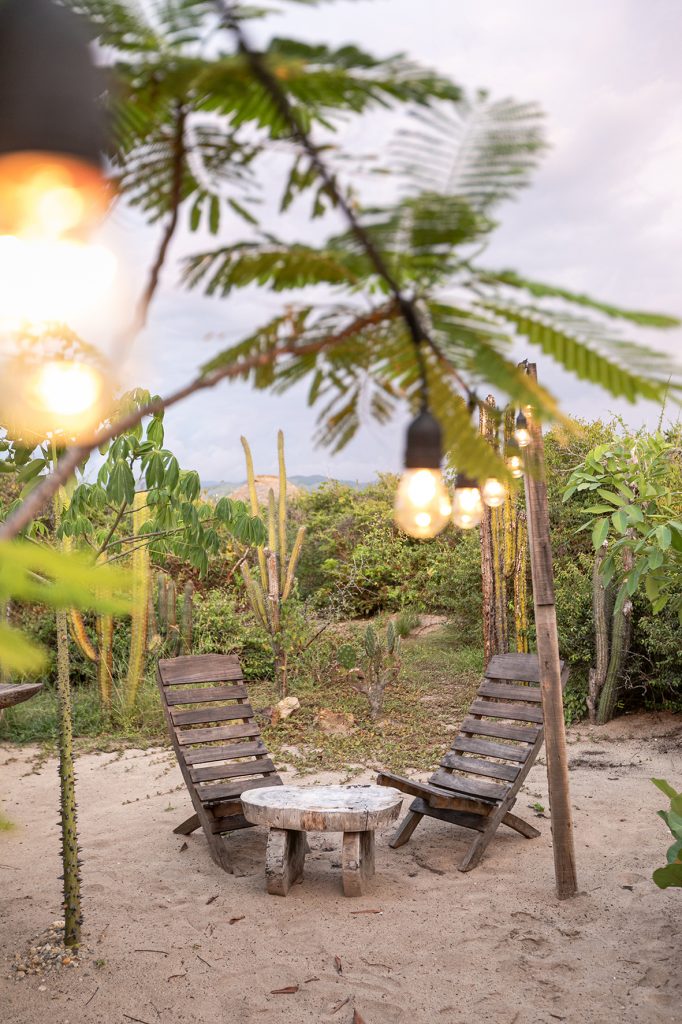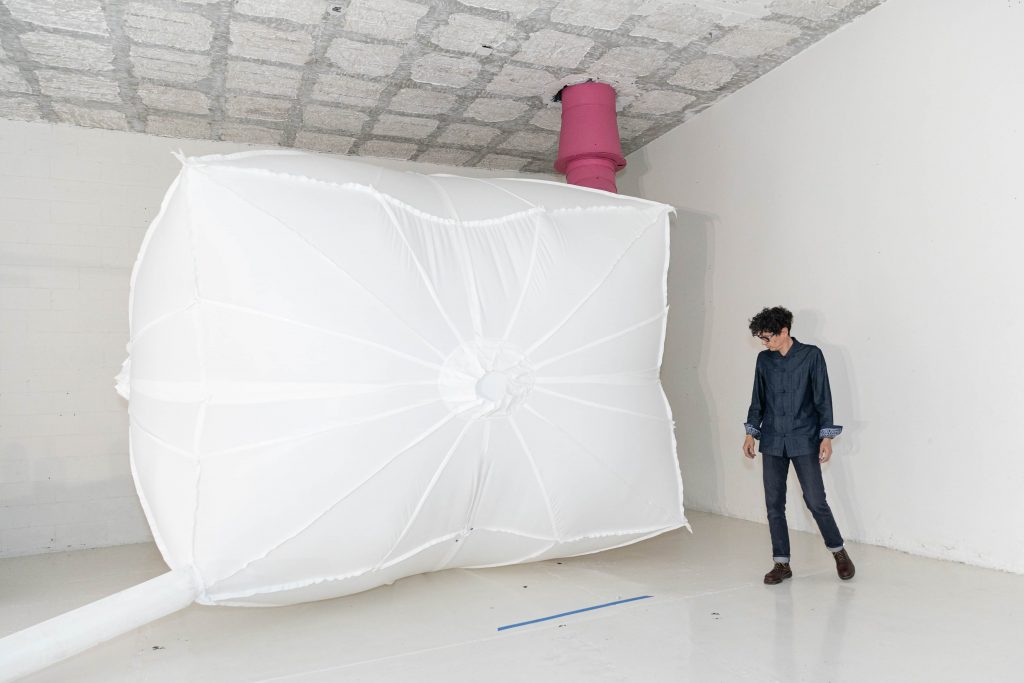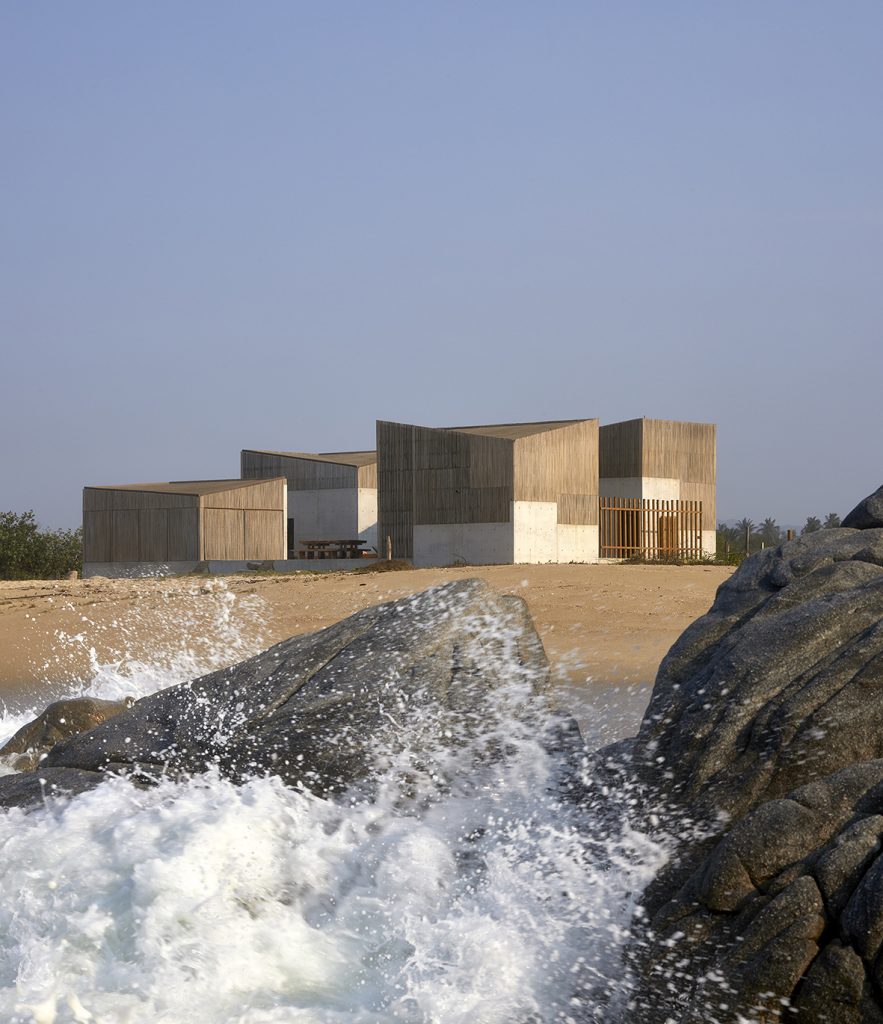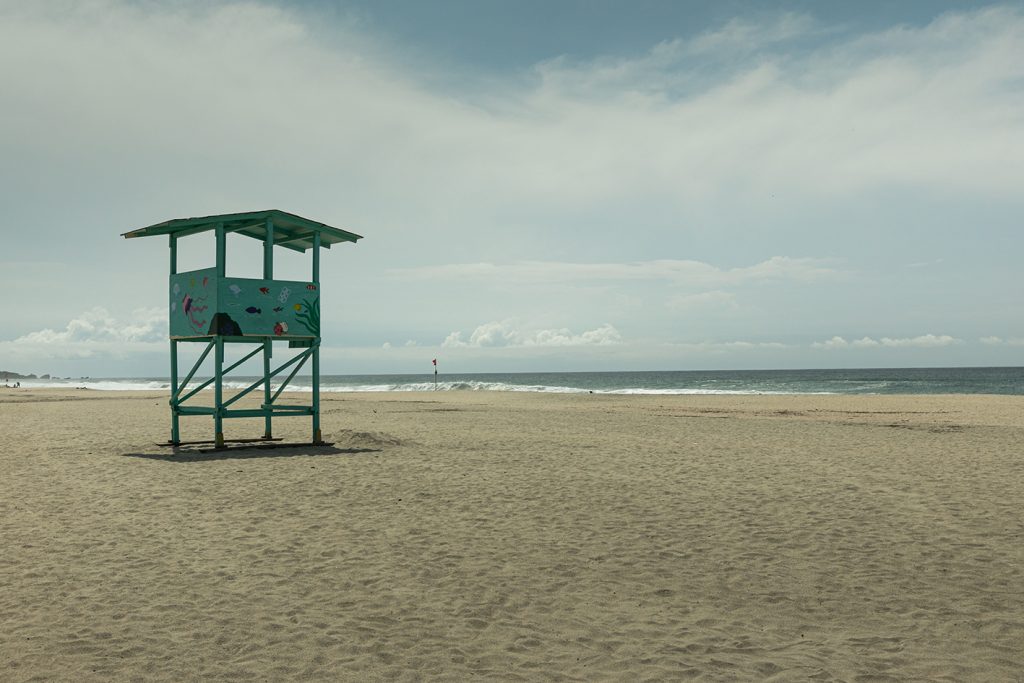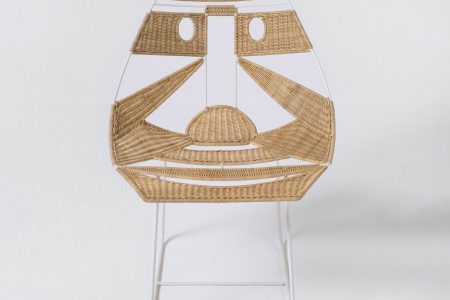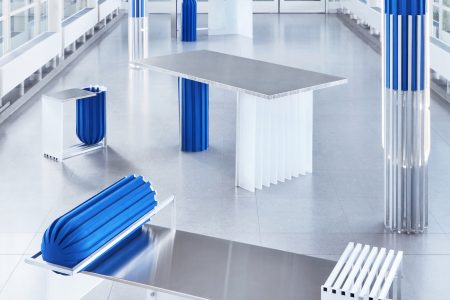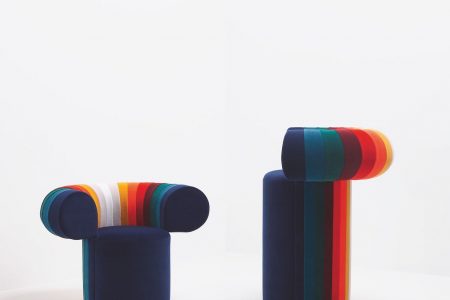Mexico Design Fair: Shining a Light onto Mexico’s Vibrant Design Scene
TLmag speaks to Carlos Torre Hütt, curator of the 1st edition of the Mexico Design Fair, highlighting a diverse design talent across the country.
The 1st edition of the Mexico Design Fair, MDF, curated by Carlos Torre Hütt, not only takes a new approach far removed from the big, branded art and design events of years past, but offers a platform that best highlights the diverse design talent across the country. Wanting to create a dynamic event that would balance the commercial objectives with a cohesive narrative, MDF is designed to be an intimate and focused platform that engages directly with visitors and the community. From May 21-23, the exhibition and fair, located in an idyllic coastal town not far from Oaxaca, will present a selection of thirteen Mexican design galleries and brands such as Casa Gutiérrez Nájera, a design gallery founded in 2011 in Querétaro, Colectivo 1050, a cooperative in Oaxaca that represents over 50 potters from seven regions, and the Mexico City-based design gallery, Shelf, along with special site-specific installations. The fair will also present a ‘designer of the year’ award that celebrates a Mexican design leader and see the release of Penca, a line of outdoor furniture designed by Francisco Torres and Rosa Hanhausen for Breuer. TLmag spoke to curator Carlos Torre Hütt to learn more about this exciting new design fair.
TLmag: The Mexico Design Fair (MDF), is the first design fair of its kind in Mexico. What are some of its objectives?
Carlos Torre Hütt (C.T.H.): As a hybrid, between being a commercial fair and exhibition platform, the Mexico Design Fair (MDF) is definitively the first fair of its kind in Mexico. Its main objective is to position Mexican design in the international scene and consequently to promote a better future for the discipline in the country.
TLmag: Tell us about the platform of the fair.
C.T.H.: For this first edition, the main venue will be Casa Naila, a project by architect Alfonso Quiñones, and 13 design galleries and brands will participate, among which Atra, Breuer, Casa Gutiérrez Nájera, Galería Mexicana de Diseño, Odabashian, Siete Studio, Sombra and Tane stand out.
TLmag: It is very daring to put something like this together during the COVID crisis, but it also feels important as a way to show that creativity keeps onwards.
C.T.H.: Because of its format, MDF was a daring project even before the COVID crisis happened. In some respects, we can say that the pandemic played in our favour because it made it more appropriate to have an event with a small group of design-sensitive guests, which was precisely the concept under which MDF was conceived.
The idea is to have an annual event that grows in terms of content and eventually to include international participants as well to engage in a dialogue, from within Mexico, about the current design field. For MDF, the designer’s ability to be involved in a spectrum of issues including industry, economic and social effects, a commitment to the new generations, and academia is very relevant. This will allow the discipline to consolidate its position as a high-impact agent.
TLmag: How did you get involved as curator?
C.T.H.: I have always been interested in expanding the design audience through curatorial projects that have a clear narrative and didactic content and, as such, bringing a friendlier approach for the viewers. As a participant to some design fairs, one of my main issues was the fact that, by being confined to just having booths and square meters by gallery, narratives always lose impact. As a curator, I see MDF as an opportunity to solidly address both parts, through exhibitions of contemporary Mexican design pieces that can be acquired.
TLmag: Can you talk about the temporary installations by Pablo Kobayashi and Proyector which were commissioned for MDF?
C.T.H.: As a design fair, we are interested in approaching architecture from a different perspective. The work of both Kobayashi and Proyector reflects the profession in new ways, which is why we thought it was a good idea to invite them.
Kobayashi’s projects have centred on the design of ephemeral pneumatic structures, questioning architecture as it is conceived and traditionally associated with permanence. The intention of integrating his work with MDF is to understand how some of these issues would interact in the geographical context where the fair will take place. While Tania and Juan Carlos from Proyector, an architectural firm dedicated to research, will design a structure revisiting the traditions of pyrotechnics and fireworks in Mexico, which are typical of popular fiestas. It is a piece that abstracts a pyrotechnic display to the minimum and experiments with the manipulation of time and colour through light.
TLmag: Did you feel it was important to have the fair in Oaxaca because of its long-standing heritage and connection to craft and making—as a way to reflect the importance of this tradition in much of Mexico’s contemporary design?
C.T.H.: Oaxaca is without a doubt one of the region’s in Mexico with the most deeply rooted cultural identity. However, the purpose of holding the fair there has more to do with celebrating a unique experience from Mexico. Located on the coast, away from the state capital, Puerto Escondido reflects the essence of a genuine Mexico as, in recent years, an important cultural movement that has contributed to the definition of the country’s cultural contemporaneity has developed here. We also wanted to provide a travel experience with ideal conditions to make it memorable.
TLmag: Tell us about the Designer of the Year award. What will they receive? How is it determined?
C.T.H.: First and foremost, the winner will have received the recognition of his or her peers for having a profile that completely reflects the desirable skills and insights of a Mexican designer. He or she will also be awarded a project connected to academic and professional interests, with institutions and brands allied to MDF.
The award’s criteria is laid out in an essay written by Grisell Villasana, a recognised Mexican academic and professional, who is the president of our jury. Her text considers aspects of how a designer should have relevance and offer a positive impact in their community including environmental awareness, use of technologies and new materials and involvement in education and culture, among others. The jury for this first edition also includes Lourdes Báez, Héctor Rivero Borrell and Eduardo Cadaval, prominent members of the design community.
Cover image: portrait of Carlos Torre Hütt – Credit: courtesy of MDF
